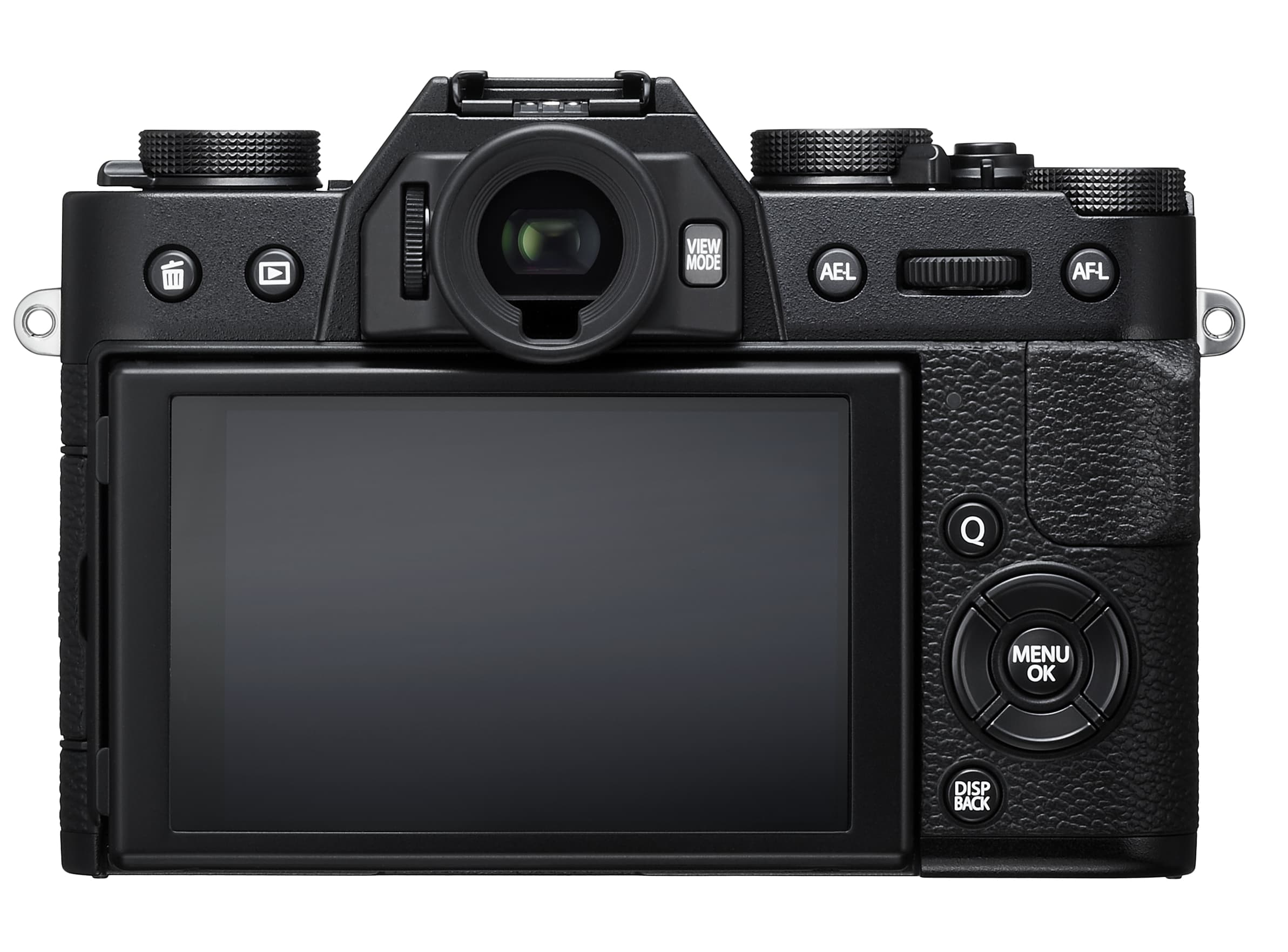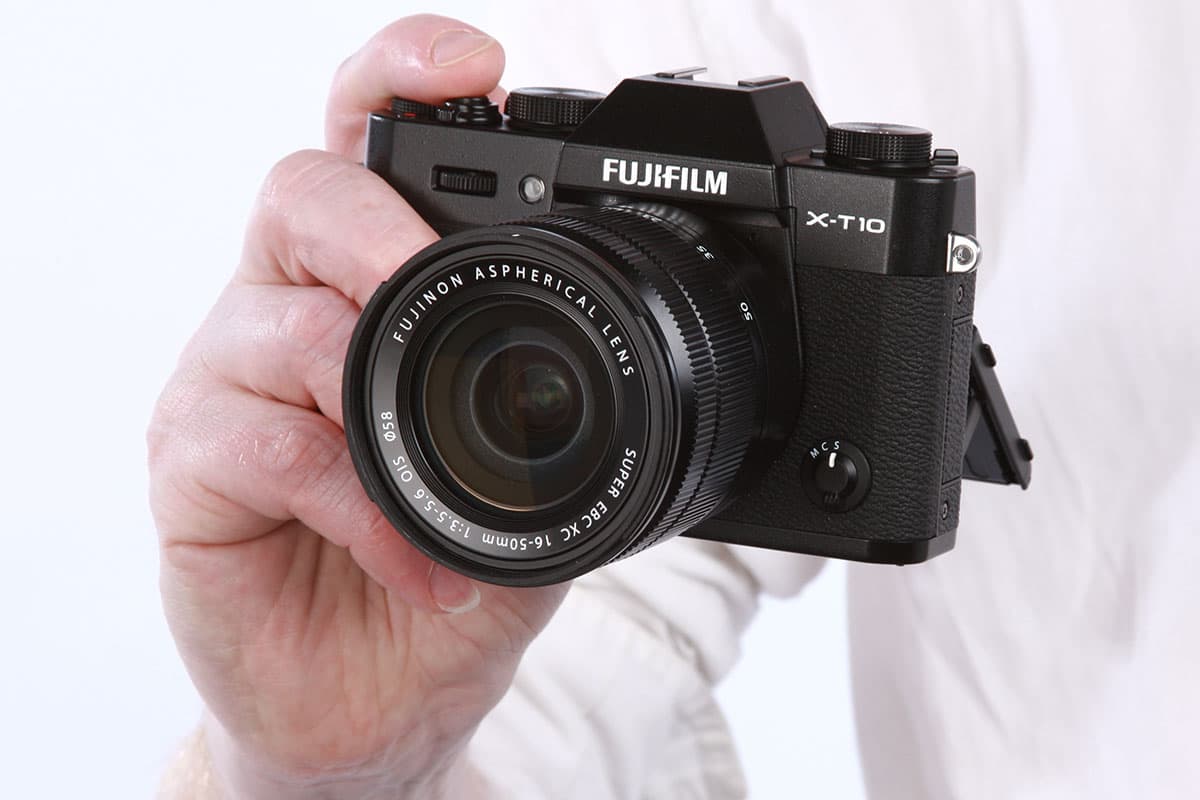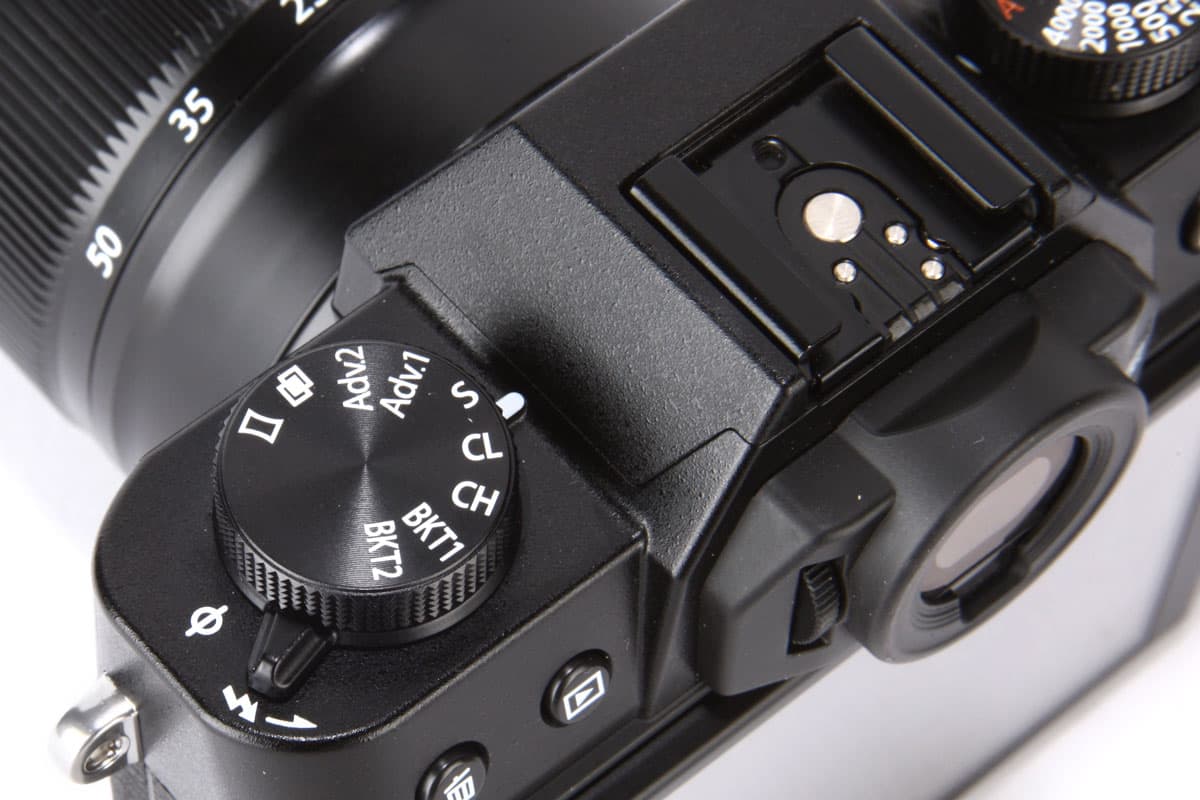Fuji has announced a new compact system camera which sits in the middle of its range of X series models. The X-T20 replaces the X-T10 and brings with it a number of key improvements and new features. Here we’ll have a look at how the two cameras compare.
Fujifilm X-T20 vs Fujifilm X-T10: Sensor

Fuji has placed the third generation of its high performing X-Trans CMOS APS-C sized sensor inside the XT20. This mean a bump in resolution up to 24 megapixels from the XT10’s 16 megapixels. The X-Trans CMOS sensor doesn’t have an anti-aliasing filter – something which is relatively common now but was quite revolutionary when it first appeared. Without one of these filters, the sensor is capable of resolving very fine detail, and this being the third generation and the highest resolution yet, it should be particularly impressive.
Fujifilm X-T20 vs Fujifilm X-T10: Processor

The new XT20 has an X Processor Pro, which brings with it a range of improvements when compared to the processor found in the XT-10. It now boasts just a 0.4 second start up time, while there’s a 0.050 second shutter lag and 0.25 second interval shooting speeds.
Fujifilm X-T20 vs Fujifilm X-T10: ISO Range

The new processor and sensor combination also brings with it an improvement in ISO performance. The native range is now ISO 200 – 12800, with the ability to expand downwards to ISO 100, and upwards to ISO 51200. This compares with the native range of the XT10 being 200 – 6400.
Fujifilm X-T20 vs Fujifilm X-T10: Screen

There’s a couple of interesting upgrades when it comes to the screen. The resolution has been increased slightly up to 1040k dot (compared with the 920k dot screen of the XT10). While both of the screens are tilting, the XT20 brings touch sensitivity, which means you can use it to set autofocus point and scroll through images quickly.
Fujifilm X-T20 vs Fujifilm X-T10: Video

It perhaps comes as no surprise that Fuji has added 4K video functionality to the XT20, considering it has already added the capability to the XT-2. Still, it’s an impressive improvement from the Full HD video capability of the XT-10. Videographers will also be glad to know that HDMI output and mic input has been kept from the XT10.
Fujifilm X-T20 vs Fujifilm X-T10: Autofocus

With its sculpted grip, the X-T10 feels secure in your hand
Another key improvement comes in the shape of the autofocusing. The older model had a 49-point AF system, while the XT-20 now has a 91 AF point system. Not only that but it has been upgraded to boast an 0.06 second focusing speed, while AF-C custom settings are now available to help you choose the best kind for different kinds of moving subjects.
Fujifilm X-T20 vs Fujifilm X-T10: Viewfinder

Fuji has kept the same viewfinder for the XT20 that was found in the XT10. You get a 2.36m dot organic EL findr, which offers 0.62x magnification and 0.005 second lag. There’s a sensor which means that the viewfinder will automatically switch on when you lift the camera to your eye.
Fujifilm X-T20 vs Fujifilm X-T10: Frame rate

A small lever on the camera’s shoulder releases the pop-up flash
Facilitated by the improved processor, the XT20 can shoot at up to 14fps, while the XT10 topped out at 8fps.
Fujifilm X-T20 vs Fujifilm X-T10: Price

You can pick up the original XT10 for around £479 body only, or £599 with the 16-50mm lens. That’s a good price for what is still a great price, and represents a significant saving compared with the new camera. The XT20 retails for around £799 body only, £899 with the 16-50mm kit lens, or £1099 with the more advanced 18-55mm kit lens.
Fujifilm X-T20 vs Fujifilm X-T10: Conclusion
Fuji has taken an already impressive and well performing camera and given it what seems to be some significant upgrades and improvements when compared to the older model. You get a lot of extra features for the extra money which the new camera costs, which perhaps makes it worth the extra outlay – depending as always on what kind of things you like to shoot.
Read more:
Fujifilm X-T20 review: Hands on first look







